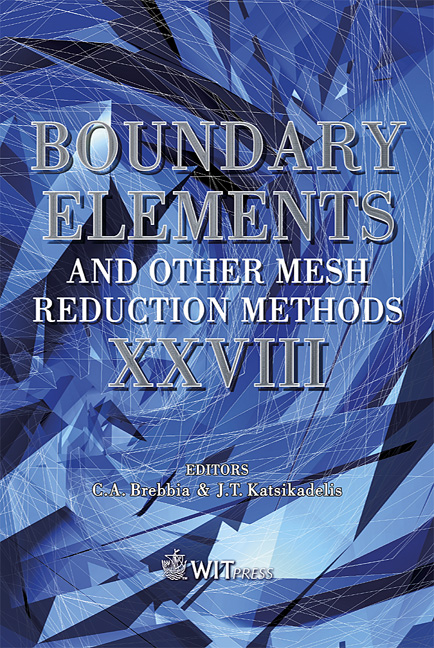Synthesis Method Of The Cassegrain Type Unsymmetrical Antennas
Price
Free (open access)
Transaction
Volume
42
Pages
6
Published
2006
Size
456 kb
Paper DOI
10.2495/BEM060191
Copyright
WIT Press
Author(s)
R. Dufrêne, W. Kołosowski, E. Sędek & A. Jeziorski
Abstract
A new method for the synthesis of the Cassegrain type unsymmetrical dualreflector antennas is presented. The algorithm of synthesis is based on a scheme similar that which is used for designing reflector cosecant antennas. The \“open Cassegrain” antenna is used as the basic prototype. The calculations solve differential equations by means of the Runge-Kutta method. Keywords: Cassegrain antenna, offset reflector antenna. 1 Introduction The synthesis of unsymmetrical dual-reflector antennas is one of the most important problems in the antenna theory. It is formulated in the following manner: having a horn with an axial symmetrical radiation pattern G(ϕ) we must obtain a geometry of the sub-reflector and reflector of the unsymmetrical antenna that will give a desired aperture field distribution E(ρ). This problem has been studied by many authors, but the results obtained by them are very complicated [1, 2]. The proposed solution of synthesis problem for the unsymmetrical dualreflector antennas consists of three main stages: 1. Calculation of the function ρ(ϕ) for main cross-section (aperture is crossed at point ρ by sending the ray from the source under the angle ϕ, as in Fig.1); 2. Calculation of the main cross-section of the antenna; 3. Calculation of the sub-reflector and reflector surfaces. It follows from above that the method of synthesis described here is based on the well-known idea of synthesis of the cosecant reflector antenna. From the point of view of the design considerations, this synthesis problem is solved by
Keywords
Cassegrain antenna, offset reflector antenna.





